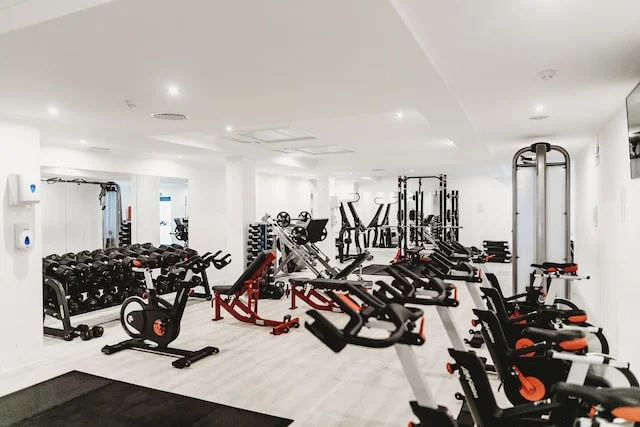In the realm of fitness and strength training, the term “PR” holds significant weight. But what exactly is a PR, and why is it so crucial in gym culture? This article aims to provide a detailed, scientifically grounded exploration of what PR means in the gym, its physiological basis, and its importance in achieving fitness goals.
Understanding PR (Personal Record)
Definition of PR
PR, short for Personal Record, signifies an individual’s highest achievement in a specific exercise or lift. It represents the pinnacle of an individual’s strength and performance in a particular movement.
The Physiology Behind PR
PRs are a testament to the body’s extraordinary capacity for adaptation. They are the result of progressive overload, a fundamental principle in strength training. Progressive overload involves gradually increasing the resistance or intensity of an exercise to stimulate muscular growth and development.
Neuromuscular Adaptations
PRs are not solely about sheer muscle size. They also reflect the body’s enhanced neuromuscular efficiency. This means that the nervous system becomes more adept at recruiting the right muscle fibers for a particular movement, leading to improved strength gains.
Factors Influencing PR
Several factors contribute to an individual’s ability to achieve a PR, including genetics, training frequency, nutrition, sleep, and overall health. Moreover, factors like form, range of motion, and tempo of an exercise can influence PRs.
The Significance of PRs in Gym Training
Tracking Progress
PRs serve as tangible evidence of progress in one’s fitness journey. They offer a clear benchmark against which you can measure your improvements and motivate you to continue pushing your limits.
Goal Setting and Motivation
Setting PR goals provides a specific target to strive for. Achieving these milestones offers a sense of accomplishment and fuels the motivation to set and achieve even more ambitious objectives.
Avoiding Plateaus
Regularly striving for new PRs is essential for preventing plateaus in your training. Plateaus occur when the body becomes accustomed to a certain level of stress, leading to stagnation in strength and muscle gains.
Types of PRs
One Repetition Maximum (1RM)
1RM represents the maximum weight an individual can lift for a single repetition of a given exercise. It is a widely used metric to gauge overall strength.
Repetition Maximum (RM)
This refers to the maximum weight an individual can lift for a specified number of repetitions. For instance, a 5RM is the heaviest weight one can lift for five consecutive reps.
How to Safely Pursue PRs
Proper Form
Maintaining proper form is crucial when attempting PRs. It ensures that you’re targeting the right muscles and reduces the risk of injury.
Gradual Progression
Avoid rushing towards PRs. Gradual progression allows your body to adapt safely and effectively. Increase weight incrementally to minimize the risk of overexertion.
Listen to Your Body
Pay attention to signs of fatigue or discomfort. Pushing through pain can lead to injuries. It’s important to know when to stop and when to seek professional advice.
Conclusion
PRs are a testament to your dedication, hard work, and progress in the gym. They are a vital component of effective strength training, reflecting the body’s remarkable ability to adapt and improve. By understanding the science behind PRs and approaching them with caution and respect for your body, you can unlock new levels of strength and fitness. Remember, consistency and patience are key on the path to achieving and surpassing your PRs.






